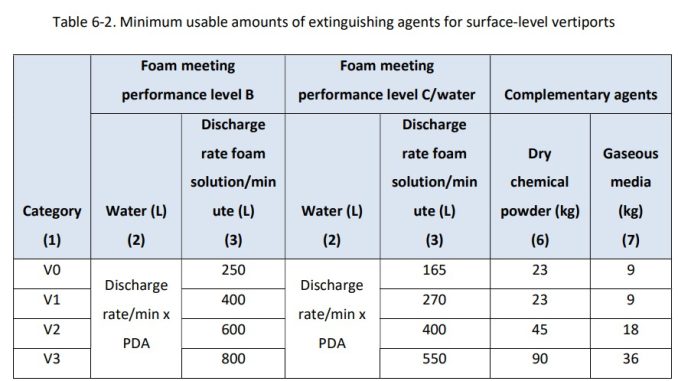
The UAE General Civil Aviation Authority (GCAA) has published CAR AGA PART VFI (Vertical Flight Infrastructures) “a comprehensive regulatory framework that modernises and replaces the former CAR HVD (the world’s first vertiport regulation),” according to a Linkedin post from Yazid Bin Ismail of the GCAA. ”PART VFI regulation reflects the UAE’s proactive vision in supporting a safe and resilient Advanced Air Mobility (AAM) ecosystem….This is not just a revision; it’s a transformation in how we regulate vertical aviation infrastructure.”
According to the post, key regulatory advancements in CAR AGA PART VFI include:
- Unified framework for all vertical infrastructure: heliports, helidecks, and vertiports
- Certification, Landing Area Acceptance, and PAO (Primary Accountable Organisation) pathways
- Dedicated design and operational requirements for Vertiports — including eVTOL charging facilities, visual aids, and obstacle environments
- World’s first full emergency planning integration with new standards for Vertiport Rescue & Fire Fighting Provisions
- Mandatory Task Resource Analysis (TRA) to align RFFS staffing with operational demand
- New provisions to regulate VTOL-Capable Aircraft (VCA) and hybrid aircraft operational profiles
- Enhanced and synergized roles, responsibilities, and competency criteria for Landing Officers, RFF teams, Radio Operators, and Operations Post Holders
- Oversight models that support compliance registers, alternative means of compliance (AMCs), and just culture principles
“This regulation is built with a foresight in mind: technically robust, operationally relevant, and fully supportive of innovation. It sets the stage not only for safety and compliance, but also for strategic readiness in the age of aerial mobility.
For more information
https://www.linkedin.com/in/yazid-bin-ismail/
https://www.gcaa.gov.ae/en/epublication/EPublications/Civil%20Aviation%20Regulations%20(CARs)/CAR%20IX%20-%20AERODROMES%20REGULATIONS/CAR%20AGA%20-%20AERODROMES%20AND%20GROUND%20AIDS/PART%20VFI%20-%20VERTICAL%20FLIGHT%20INFRASTRUCTURES%20ISSUE%2001.pdf

